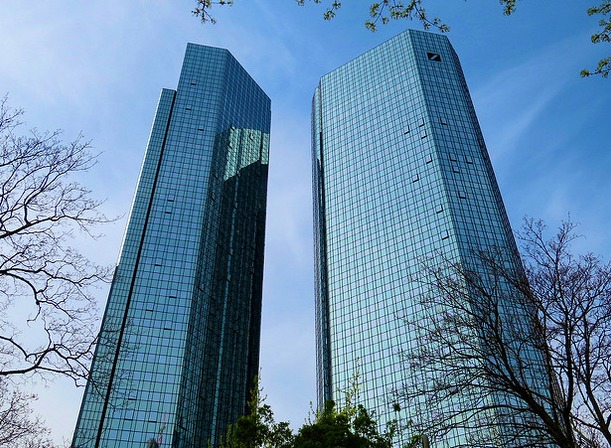 Author: Barry Randall, Crabtree Asset Management
Author: Barry Randall, Crabtree Asset Management
Covestor model: Crabtree Technology
If you read a lot of monthly letters from investment managers, you’re probably used to a typical format. Managers often describe their actions during the month in terms of cause and effect. As in, “well, in June, we noticed blah blah blah and read that yadda yadda, so we decided to buy some more Polyrazzmatazz and sell our position in Schleppelberger.”
But at Crabtree Asset Management, we simply don’t operate that way.
You can read a more detailed description of our investment strategy on our web site, but I can distill it down for you to five words: Action does not equal alpha.
This strategy (and the philosophy on which it is based) is informed by the seminal work done by a research psychologist named Paul B. Andreassen, who in the 1980s, worked at Harvard University. Andreassen conducted an experiment in which two groups of investors were instructed to select a portfolio of stocks, which they would then hold for a period of time. Each group was allowed to sell stocks from their portfolios and buy others to replace them.
One of the groups would be given periodic updates on the prices of the stocks and the changes of those prices since the beginning of the experiment. The other cohort also got price updates, along with a steady stream of news reports about the stocks they held.
How did it work out? At the end of the experiment, the group without the non-stop flow of information had returns that were twice that of the other, more fully-informed group. You can draw your own conclusions about this result.
Andreassen himself suggested that the reason was because the media tendency to overplay almost every story it reported. He felt this led investors to overvalue new information compared with the facts that led to confidence in the original portfolio.
No matter the reason, the result is pretty galvanizing on its own terms. And hopefully anyone reading this will therefore understand why we generally don’t react to news, and try to avoid many other investing fallacies. Instead, we stick to our quarterly re-balancing schedule for the Crabtree model. It works, and you can look at the performance on our model page for confirmation.
And speaking of performance, the Crabtree Technology model posted solid “numbers” in June. During the month, the Crabtree Technology model rose 5.2%, which was solid not only in absolute returns, but also slightly better than the 3.6% gain recorded by the Nasdaq 100 Index and the 4.0% gain of the S&P 500. Model performance was also better than that of our internal benchmark, the Merrill Lynch Technology 100 Index, which rose 2.8% in June.
So did anything happen in June with the Crabtree Fund? Well, seven Crabtree holdings reported earnings for quarters that ended in either April or May. Some quarterly performances were excellent, like those of AeroVironment (AVAV), CalAmp (CAMP), Comtech Telecommunications (CMTL) and Measurement Specialties (MEAS). The remaining three, including GenCorp (GY), American Software (AMSWA) and Progress Software (PRGS) were less impressive. But we weren’t inspired by any of the quarterly reports to change our holdings or position size.
In fact, the only worthwhile news came during my annual physical on June 15, in which it was determined that a) I’m in generally good health; and b) my resting blood pressure is around 90 over 60, lower than average. I guess here at Crabtree, we’re built for alpha, not action.



